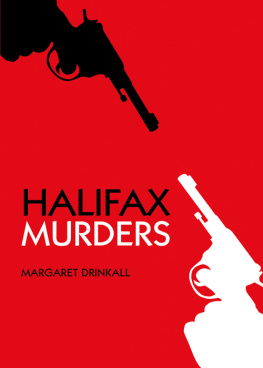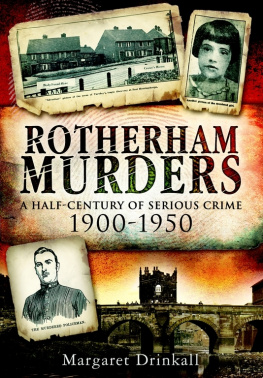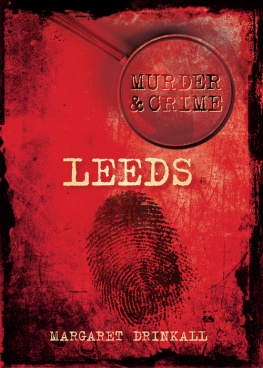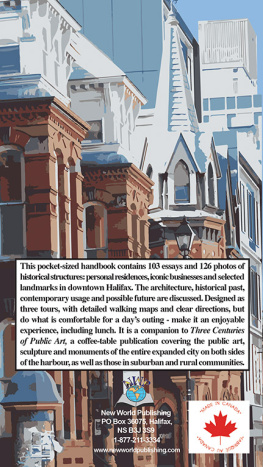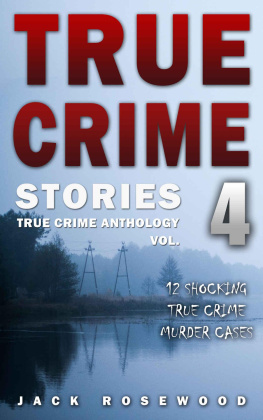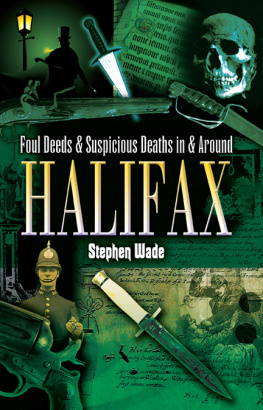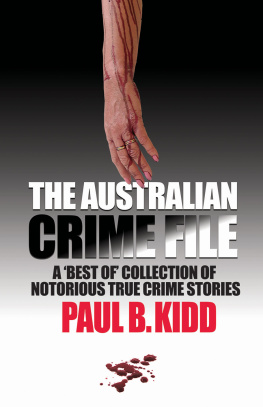CONTENTS
Writing a book is not a solitary exercise and it could not be done without the help and encouragement of friends and family. Many thanks, as always, to the skilful editors at The History Press, including Lucy Simpkin for making sense of my ramblings. Grateful thanks go members of my family, particularly to my niece Sue Trickey and her two daughters Genna and Bridie Wanley. I would also like to thank Mr and Mrs Tasker Taylor for their kind permission to take and reproduce pictures of Todmorden Parsonage. I also want to give my thanks to the Friends of Lister Lane Cemetery for permission to use the inscription on the grave of James Edward Jacobs. Lastly, but by no means least, I would like to thank Steve Baxter for helping me with the photographs of Halifax and for bearing patiently and with great stoicism as I reminisced endlessly about the places I knew as a girl.
For many centuries, Halifax was at the centre of the woollen trade, and by the Victorian era was a hub of commercial and industrial activity. Pride of place is given to Piece Hall, which stands in the town centre and was built in 1779. This Grade I listed Georgian masterpiece is unique as the only remaining Cloth Hall in England, where, traditionally, lengths or pieces of cloth were bought and sold.
The introduction of the power loom in the 1820s saw a reduction in the number of handloomers throughout the area, many of whom had previously seen themselves as craftsmen and artisans. By 1839, however, weaving was undertaken in the large factories which were being increasingly built around the town. Many of the former handloom weavers were forced to find other trades to earn a living; even farmers were being forced to work other trades, some becoming slaughter men. Industrialisation had brought an influx of labour into the area and with it poverty and overcrowding, which resulted, inevitably, in a rise in crime.
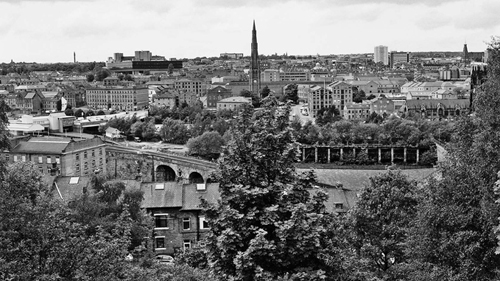
View of Halifax.

Halifax Piece Hall.
The town is dominated by Beacon Hill, which has its own history of executions. On Saturday, 6 August 1769, Robert Thomas and Matthew Normanton were executed at York for the murder of an exciseman. After the hangings their bodies were returned to Halifax under a heavy guard. The bodies were hung in chains on Beacon Hill, left there as an example to other murderers, and their hands were placed pointing towards the scene of the murder.
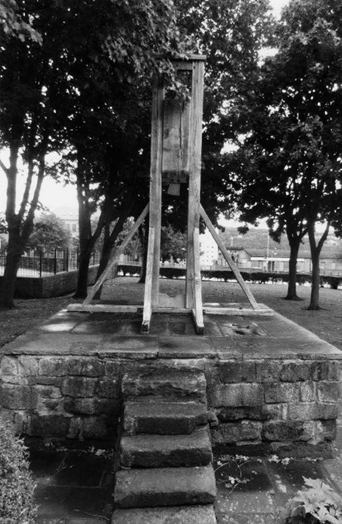
A modern reproduction of the Halifax Gibbet upon the original base.
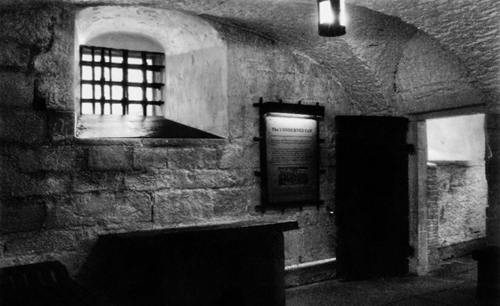
The condemned cell at York Castle, where prisoners waited for their execution.
People who committed murder in Halifax between 1541 and 1650 would most likely have been beheaded on the gibbet, situated on the aptly named Gibbet Street. The first felon to meet his end in this fashion was a man named Richard Bentley, or Beverley, although there is no record as to what his crime was. The last to be executed by this method was Anthony Mitchell of Sowerby, on 30 April 1650. By the Victorian period, the punishment for committing murder was handled in a very different way. Anyone charged with committing murder in Halifax would be tried at the local Magistrates Court and if found guilty were sent to stand trial at the assizes in York or Leeds. If they were found guilty again they would be hanged on the scaffold outside the castle at York, or Armley Gaol in Leeds. These were usually public executions which attracted thousands of people eager to see the committed hanged. In the 1860s, public execution was abolished in favour of private execution; now, instead of the felons death being a spectacle, it was announced by a black flag being raised into the air from within the walls of the gaol or castle, indicating that the law had been carried out to the letter.
Margaret Drinkall, 2013
CASE ONE 1839 |  |
MURDERED BY
HIS FATHER |
|
Suspect: Eli Lumb |
Age: Forty-four |
Charge: Murder |
Sentence: Discharged |
|
In September 1839, the people of Halifax heard of the atrocious murder of a son by his father. The murderer was a man named Eli Lumb, aged forty-four, who traded in multiple things including weaving, butchery and farriery. He lived with his wife and seven children four sons and three daughters in an overcrowded cottage. The cottage was made up of four rooms with two on the ground floor, one of which was used as a weaving shed and held two looms, and the other as a kitchen. Upstairs there were two bedrooms. The first bedroom contained two double beds, one shared by the oldest son Thomas, aged thirty, and his brother Joseph, aged twenty-three, and in the other bed was John, aged sixteen, and Eli junior, aged ten. Eli senior and his wife occupied the second bedroom, whilst in a corner, under a bundle of clothes, slept thirteen-year-old Elizabeth. Lumbs eldest daughter was married and lived next door in another cottage which was attached to the same building as her parents house. Thomas was expecting to leave the family home following his marriage to a local girl. It was reported that Lumb became increasingly addicted to alcohol. Unfortunately, this combination of drunkenness and overcrowding led to many incidents of domestic abuse against his long-suffering wife and children.
On Thursday 19 September, Lumb was due to butcher a cow belonging to Mr Thomas Hitchen of Ripponden Wood. In the afternoon he set off to Ripponden Wood, only to find upon his arrival that the cow had died and been taken away to the knackers yard. No doubt furious about this unexpected loss of income, he called in at the New Shop, a public house owned by James Heaps in the little township of Sowerby.

St Peters Church, Sowerby.
Later in the day he was joined by his son Joseph, who spent some time drinking with his father. About 7 p.m. Joseph told his father that he was going home, to which his father replied, Ill be along in a short while. Just before 9 p.m. his wife, who was standing in the lane leading to their cottage, heard him coming towards her shouting and making a great noise. She castigated her husband for causing such a fuss and he told her to hold her tongue. Once inside, Mrs Lumb continued to berate her husband and he threatened that if she did not desist he would run away and leave her. After further altercations the irate Lumb punched his wife several times and then pushed her towards the front door. Before she could protest, he bundled his wife out of the house and locked the door. Pocketing the key he went upstairs to bed, leaving her in the garden. Normally he would leave the leather pouch containing his three butchering knives downstairs in the kitchen. This time, however, he took the knives upstairs with him. Blowing out the candle, Lumb got undressed and climbed into bed.

